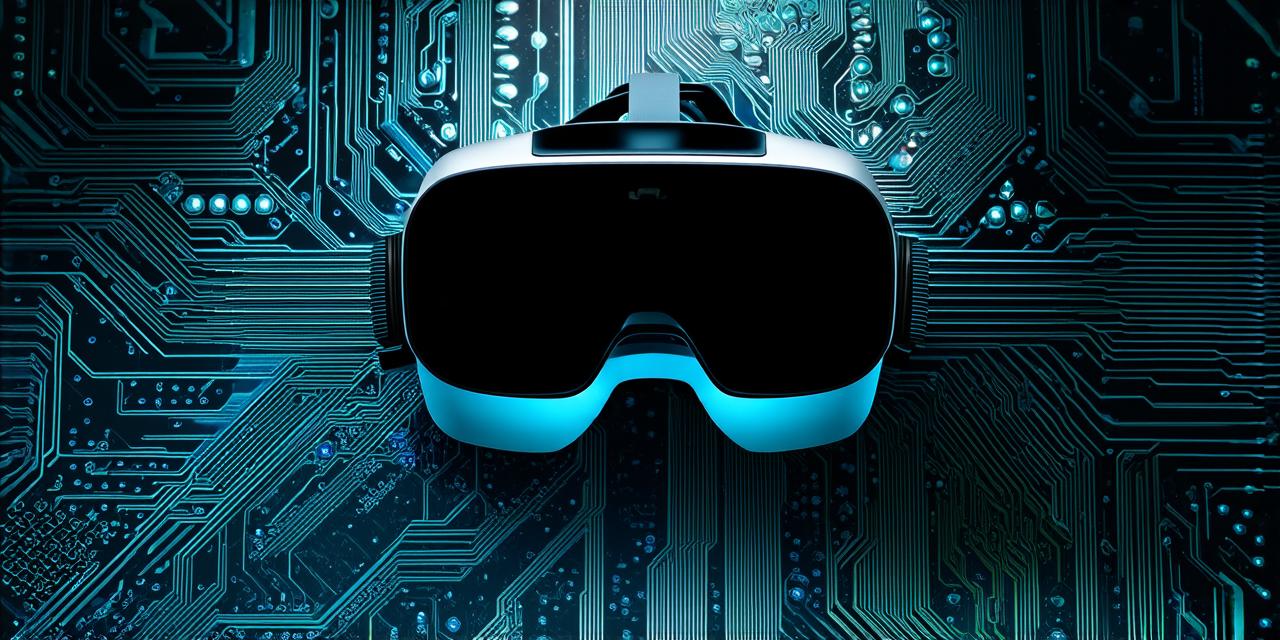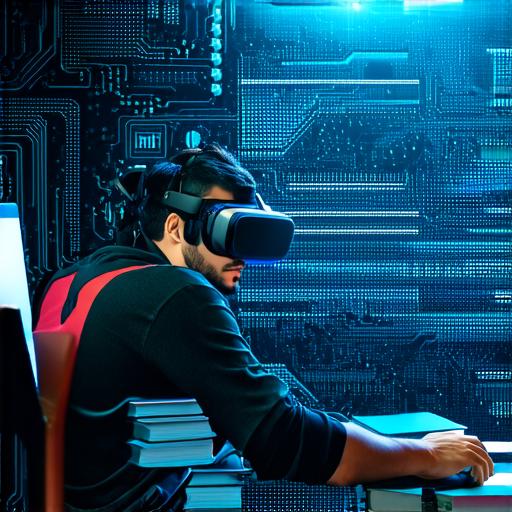
Top Programming Languages for Virtual Reality Development
- 0
Virtual reality (VR) is rapidly changing the way we interact with technology and each other. With VR, users can experience immersive and interactive environments that simulate real-world scenarios or create entirely new worlds.
As VR continues to grow in popularity, so does the need for skilled programmers who can bring these virtual experiences to life.
1. C++
C++ is a powerful and high-performance language that is widely used in VR development. It is known for its low-level control over hardware, which makes it ideal for creating fast and efficient code. However, this also means that C++ can be difficult to learn and use, especially for beginners.
One of the key benefits of using C++ in VR development is its ability to run directly on the CPU, allowing developers to achieve high levels of performance without the need for an intermediate runtime environment. This makes it well-suited for real-time applications that require high levels of processing power, such as VR games and simulations.
2. Unity
Unity is a popular game engine that has gained popularity in recent years due to its ease of use and versatility. It supports a wide range of programming languages, including C, JavaScript, and Boo, making it accessible to developers with different skill levels and backgrounds.
Unity also has built-in support for VR development, with features such as VR controller input and tracking, as well as tools for creating immersive VR environments. This makes it a great choice for developers who want to create VR experiences quickly and easily.
3. Unreal Engine
Unreal Engine is another popular game engine that is widely used in VR development. Like Unity, it supports a wide range of programming languages, including C++, C, and Python.
Unreal Engine has been around for longer than Unity and has a larger community of developers and users. It also has more advanced features such as ray tracing, which can be used to create highly realistic VR environments. However, it is generally considered more difficult to use than Unity due to its steeper learning curve and more complex architecture.
4. Java
Java is a popular programming language that is widely used in a variety of applications, including VR development. It is known for its portability and scalability, making it well-suited for large-scale VR projects.
Java also has built-in support for multithreading, which can be used to optimize performance in real-time VR applications. However, it is generally considered more difficult to use than other programming languages due to its complex syntax and verbosity.
5. Python
Python is a high-level programming language that is popular among developers for its simplicity and ease of use. It has become increasingly popular in recent years due to its versatility and the availability of powerful libraries such as OpenCV and TensorFlow, which can be used for VR development.
Python’s simplicity makes it a great choice for beginners who want to get started with VR development quickly. However, it may not be as performant as other languages such as C++ or Java, especially when dealing with complex graphics and animations.
Summary:
In conclusion, there are many programming languages available for VR development, each with its own strengths and weaknesses. The choice of language will depend on the specific needs and requirements of the project. Developers who prioritize performance and low-level control may prefer C++ or Java, while those who value ease of use and versatility may prefer Unity or Python.

As VR continues to grow in popularity, we can expect to see even more advancements in programming languages and tools for VR development. It is important for developers to stay up-to-date with the latest developments and to continue learning new skills to remain competitive in this exciting field.

